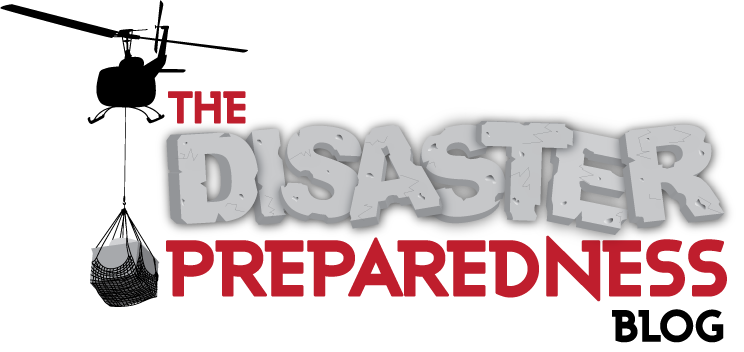New Recent Study of H1N1 Reveals Similarities between 2009 and 1918 Strains
 Thursday, March 25, 2010 at 2:52PM | |
Thursday, March 25, 2010 at 2:52PM | |  Email Article
Email Article Two teams of scientists report that the recent 2009 strain of H1N1 is remarkably similar to the 1918 strain that caused the deaths of millions early in the 20th century.
These similarities also explain why the elderly were not hit as hard and had some immunity to the more recent strain.
"Parts of the 2009 virus are remarkably similar to human H1N1 viruses circulating in the early 20th century," study senior author and Scripps professor Ian Wilson said in an institute news release. "Our findings provide strong evidence that exposure to earlier viruses has helped to provide some people with immunity to the recent influenza pandemic."
In a separate report, scientists have discovered that the 1918 and 2009 pandemic influenza viruses share a key structural detail -- both lack a cap of sugar molecules in a certain area -- that makes them susceptible to the same antibodies.
That study, headed by virologist Dr. Gary J. Nable, of the National Institute of Allergy and Infectious Diseases (NIAID), "This is a surprising result," Nabel said in a statement. "We wouldn't have expected that cross-reactive antibodies would be generated against viruses separated by so many years."
Anthony Fauci, the director of NIAID said, "It gives us a new understanding of how pandemic viruses evolve into seasonal strains, and, importantly, provides direction for developing vaccines to slow or prevent that transformation."







